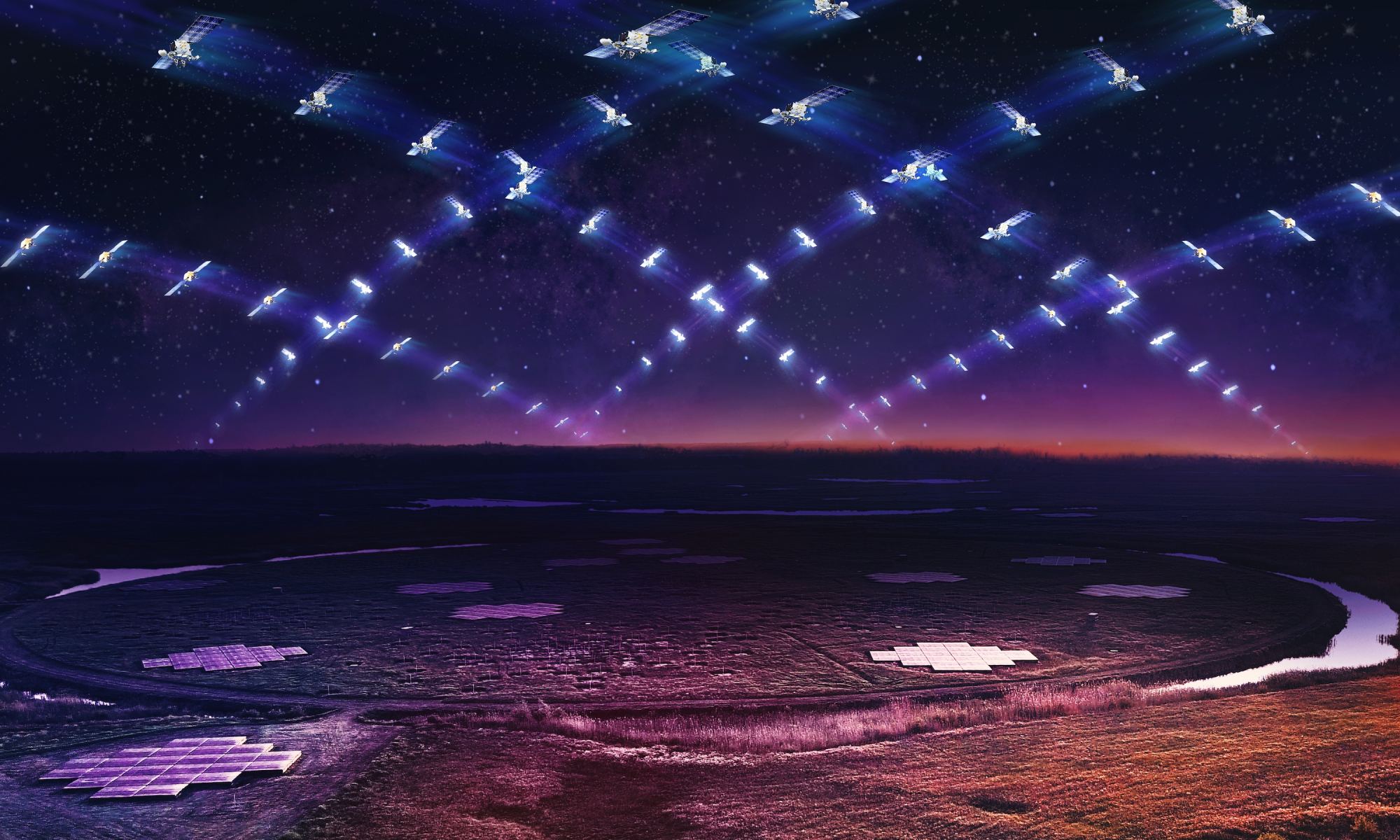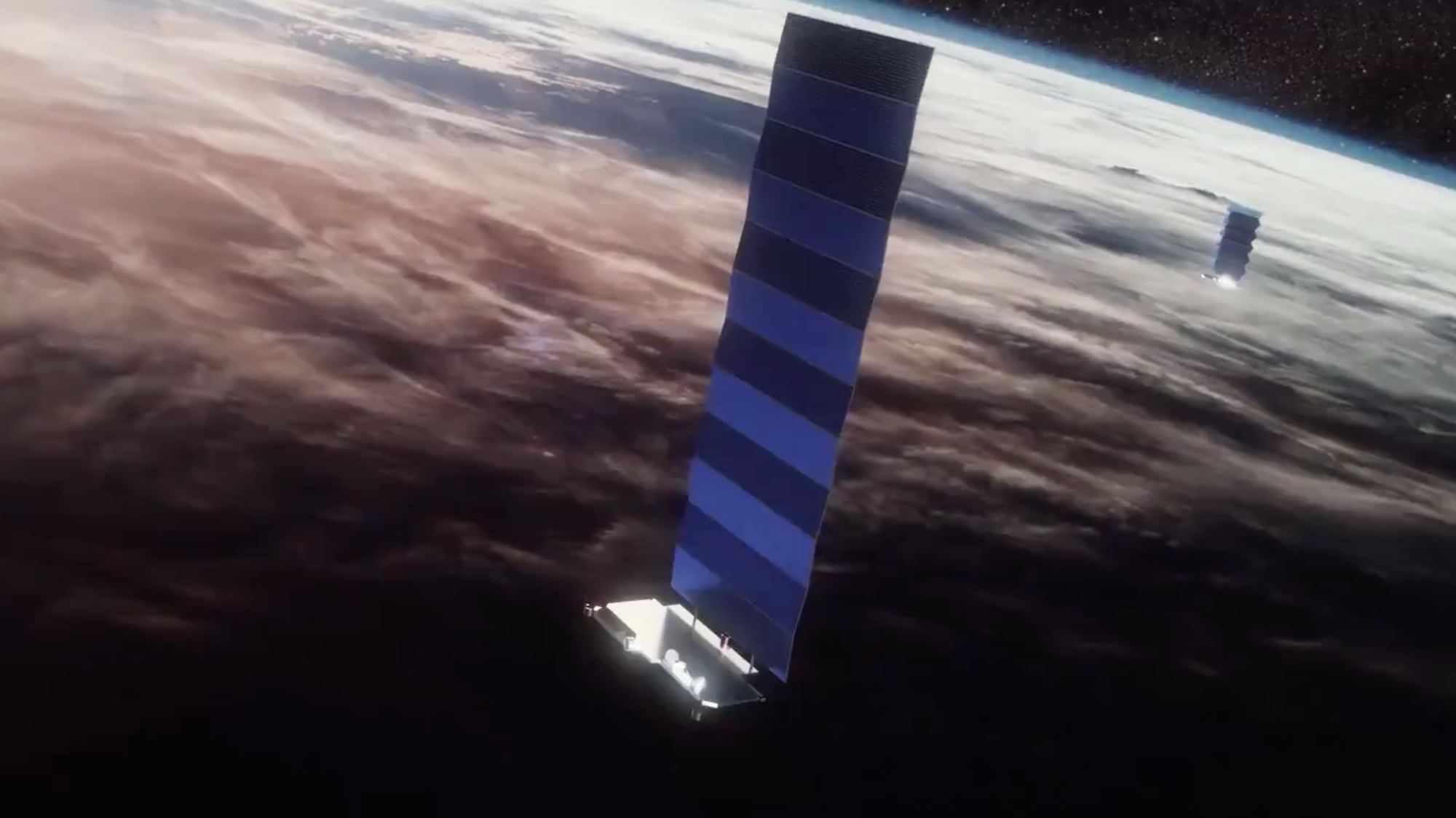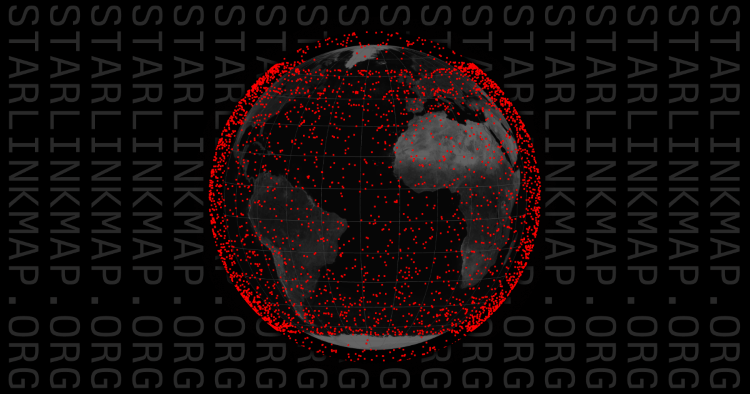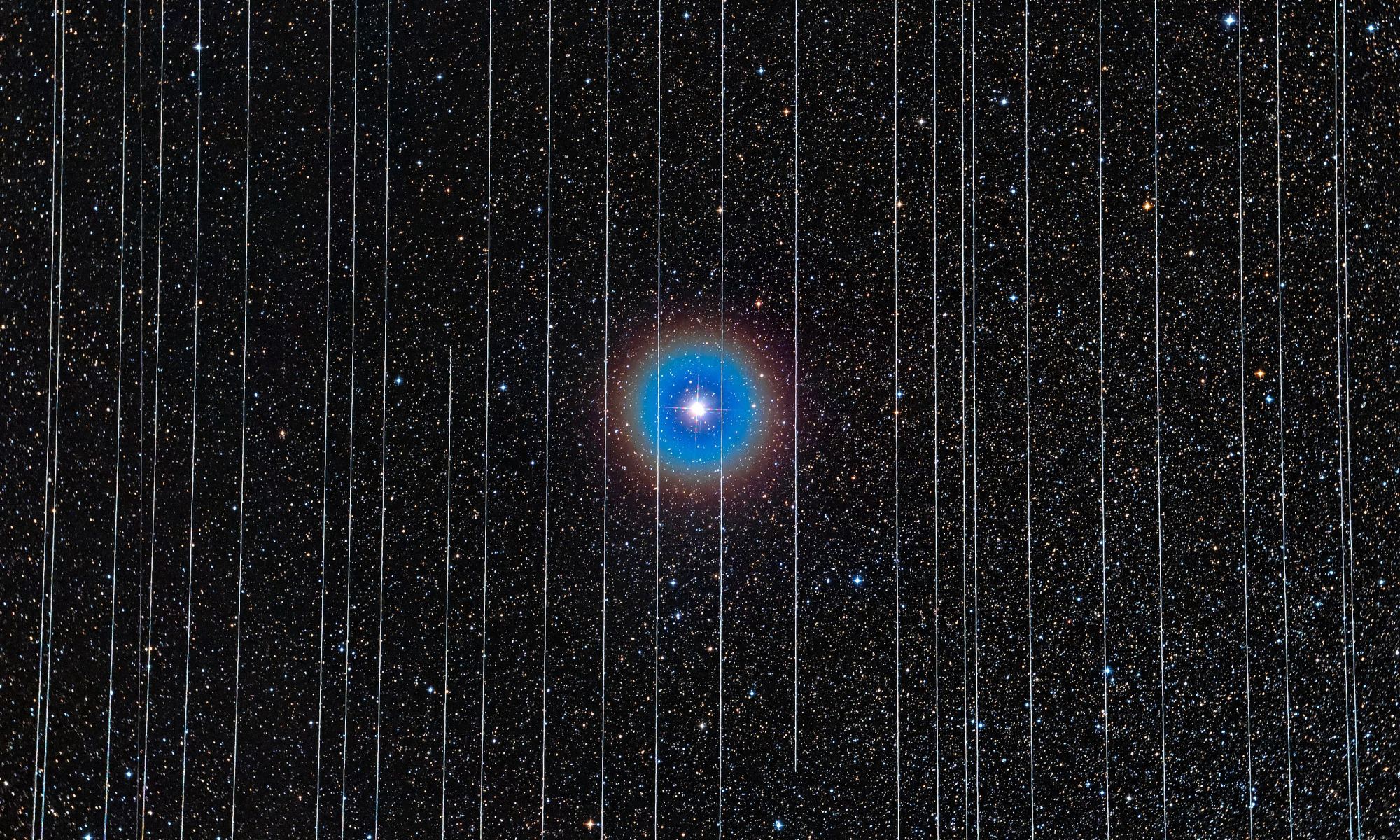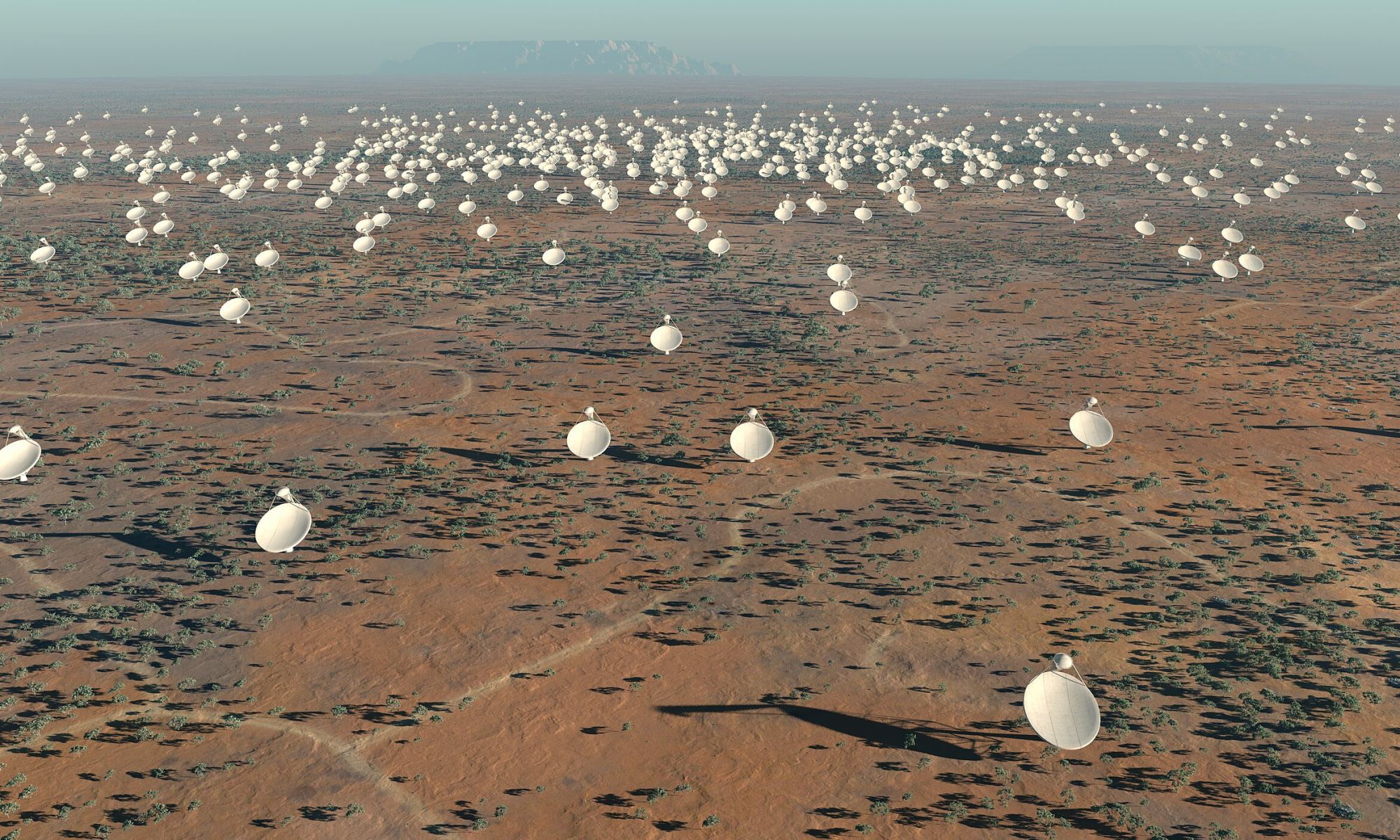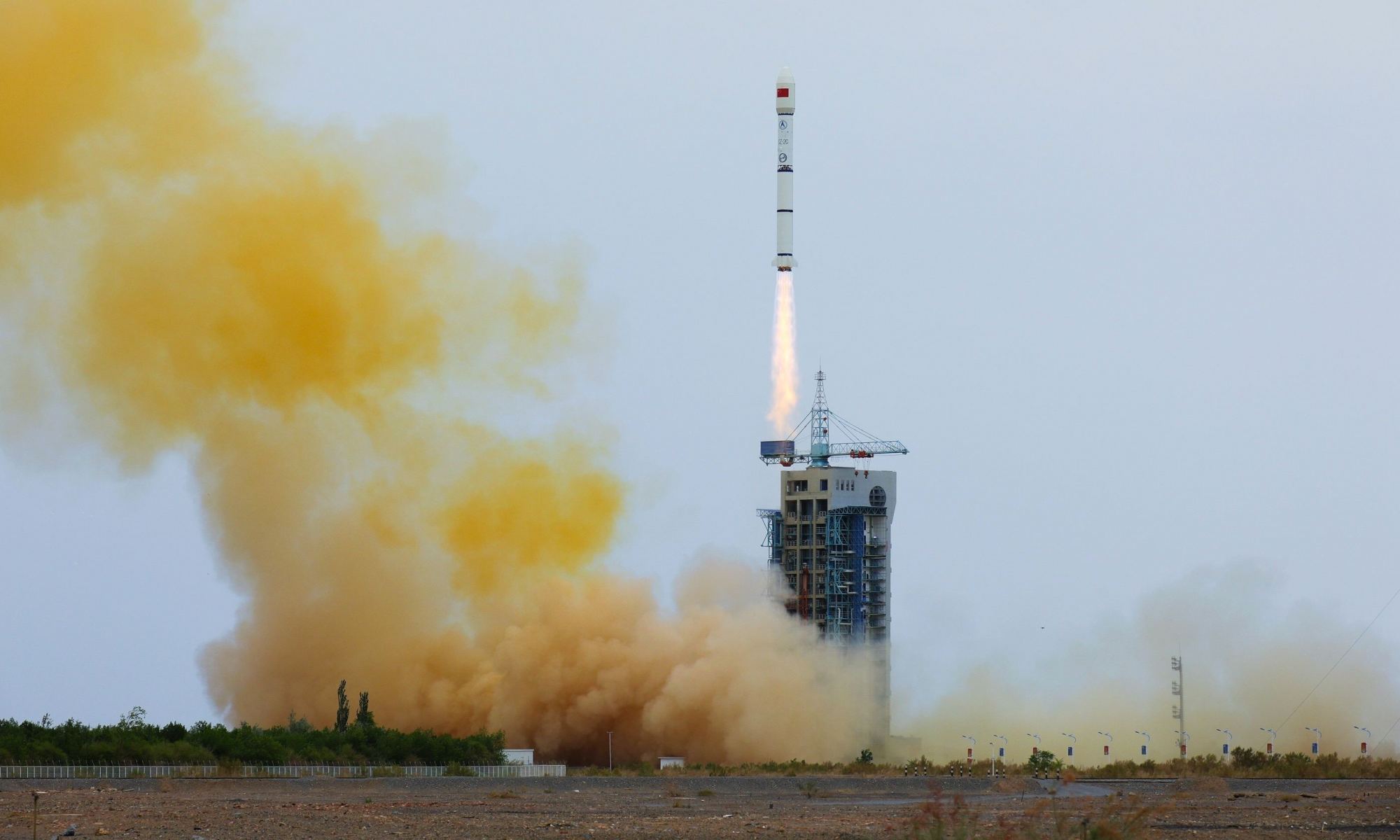When was the last time you looked up into the night sky and saw the Milky Way? If you happen to live in one of the truly remote areas of the world, your answer might be “last night.” If you live in one of the generally “rural” areas of your country, you might remember how you used to see the Milky Way regularly, but the rise of LEDs, particularly the blue/white ones, has gradually erased the Milky Way from your nights. For the large majority of humans on our small world, the answer is “never.”
Continue reading “Astronomers are Losing the Night Sky (and Radio Sky) to Satellite Megaconstellations”Astronomers are Losing the Night Sky (and Radio Sky) to Satellite Megaconstellations


